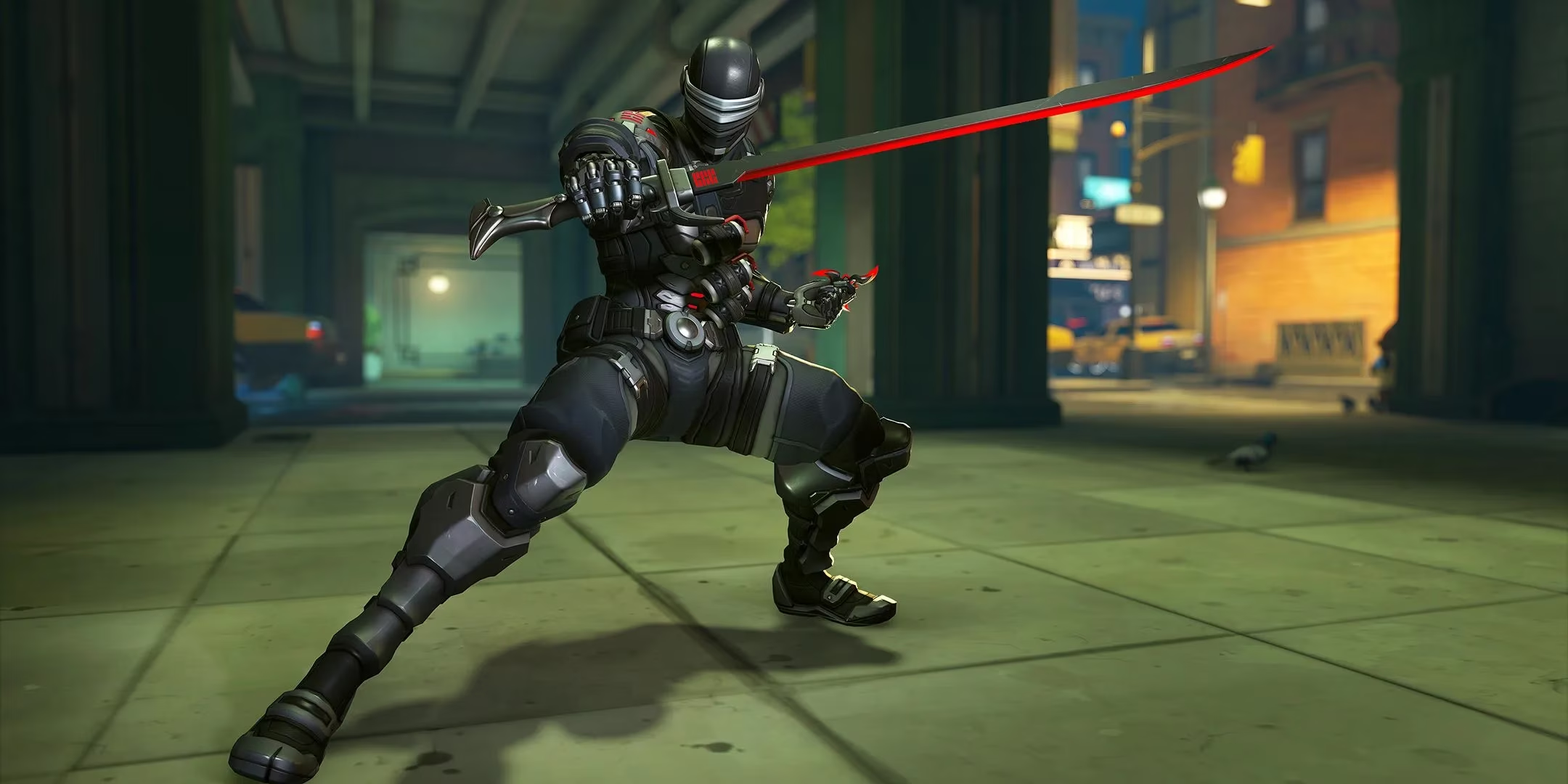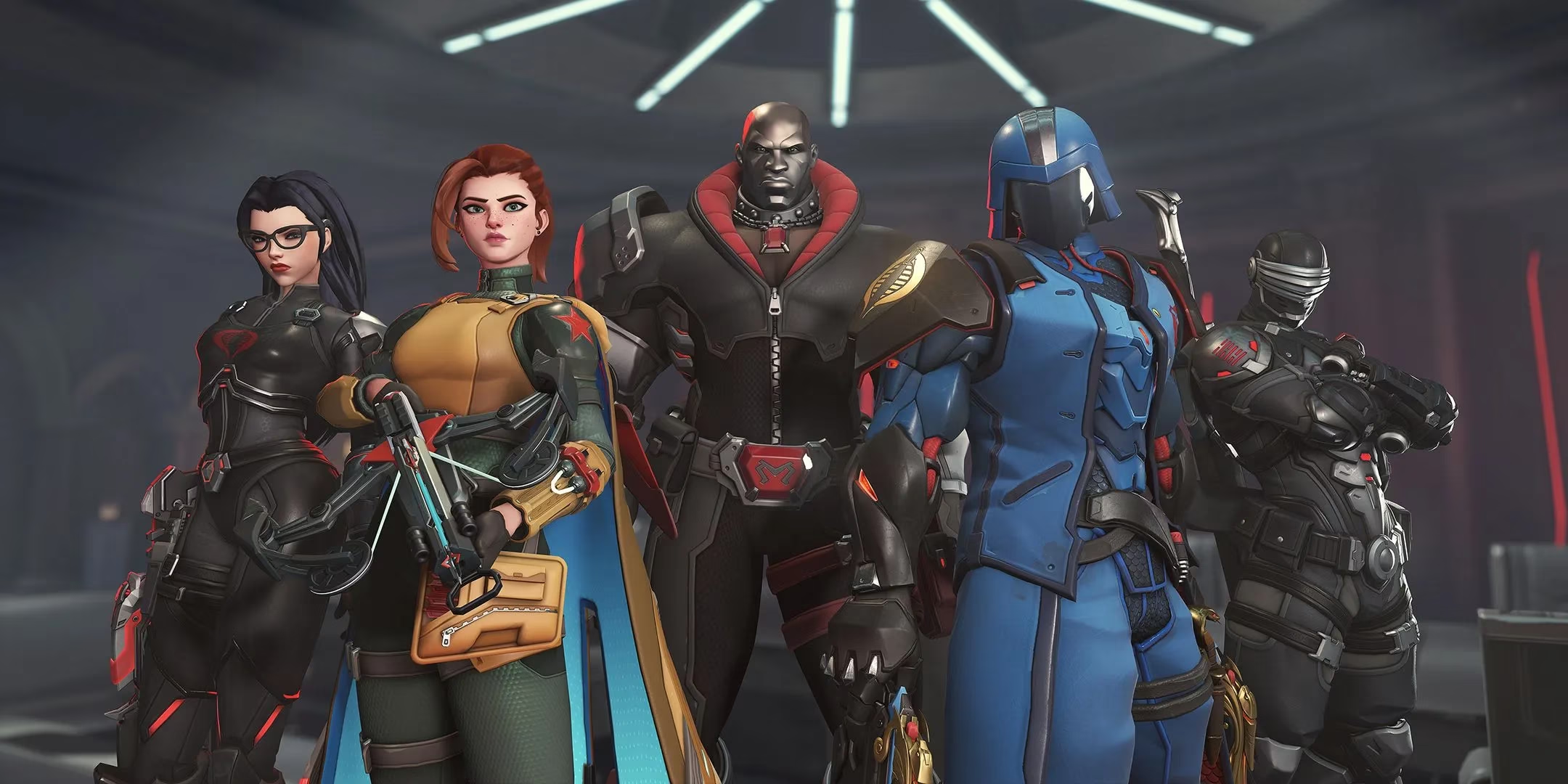As I sat down with Dion Rogers, the art director of Overwatch 2, during an exclusive interview last week, I couldn't help but feel a wave of nostalgia mixed with excitement. 😊 You see, the new collaboration bringing G.I. Joe skins into the game has captured the hearts of fans like me, who grew up with both franchises. Both IPs revolve around teams of heroes fighting for justice, filled with diverse characters boasting unique strengths and flaws. This synergy made the partnership a no-brainer, introducing five stunning skins that blend retro charm with modern flair. Personally, I was blown away by how seamlessly Snake Eyes and others translated into Overwatch 2's vibrant world—it felt like revisiting my childhood action figures, but with a fresh, dynamic twist. The attention to detail in these skins isn't just cosmetic; it's a tribute to the shared spirit of heroism that unites these universes.
Diving deeper, Rogers shared fascinating insights into the creative hurdles his team faced. Adapting G.I. Joe's iconic 80s aesthetic into Overwatch 2's futuristic setting was no small feat. He described it as aiming for "good cosplay," where heroes consciously choose to embody these characters. 😅 Honestly, I find this approach brilliant—it preserves the essence while making it feel organic. The retro vibe, while beloved, could have clashed with Overwatch's sleek design, but the artists nailed it through subtle tweaks like exaggerated armor lines and vintage color palettes. During our chat, Rogers emphasized the balance: "We wanted fans to recognize the G.I. Joe roots, but also ensure the skins stand on their own." Here's a quick list of key challenges they overcame:
-
Capturing retro aesthetics: Scaling down bulky designs to fit agile heroes.
-
Maintaining hero identity: Ensuring skins like Roadhog's Duke still feel like Overwatch characters.
-
Technical integration: Adapting animations to avoid clipping or lag—Rogers mentioned months of tweaking!

One thing that truly resonated with me was how Blizzard tackled inclusivity. Rogers stressed making skins appealing even to players unfamiliar with G.I. Joe, a goal I wholeheartedly support. After all, collaborations can alienate newcomers, but here, the team prioritized universal coolness. 😍 As I tested the skins myself, I saw how elements like Snake Eyes' masked visage retain Overwatch's flair—making them dope additions regardless of fandom. Rogers put it perfectly: "We aimed for faithfulness to G.I. Joe while keeping enough Overwatch DNA so anyone can enjoy them." This philosophy mirrors past collabs, like the one with LEGO, and it's why these skins rank among Overwatch 2's best. Looking at the group shot, I marveled at the cohesion—each hero embodies their counterpart without losing individuality.

Now, from my perspective as a passionate gamer and journalist, this collaboration signals an exciting future. I predict that by 2027, Blizzard will expand to partnerships with franchises like Transformers or Star Wars, infusing Overwatch 2 with even more iconic heroes. 🚀 Imagine Optimus Prime as Reinhardt or Darth Vader-inspired skins—it could revolutionize crossovers, making the game a cultural melting pot. This isn't just wishful thinking; Rogers hinted at ongoing talks for similar projects during our conversation. Personally, I believe such innovations will deepen player engagement and keep Overwatch 2 relevant in the fast-evolving gaming landscape. As I wrap up, reflecting on the artistry and inclusivity, I'm filled with hope. The G.I. Joe skins aren't just cosmetics; they're a testament to how gaming can bridge generations and fandoms. To me, that's the real magic, and I can't wait to see what's next.